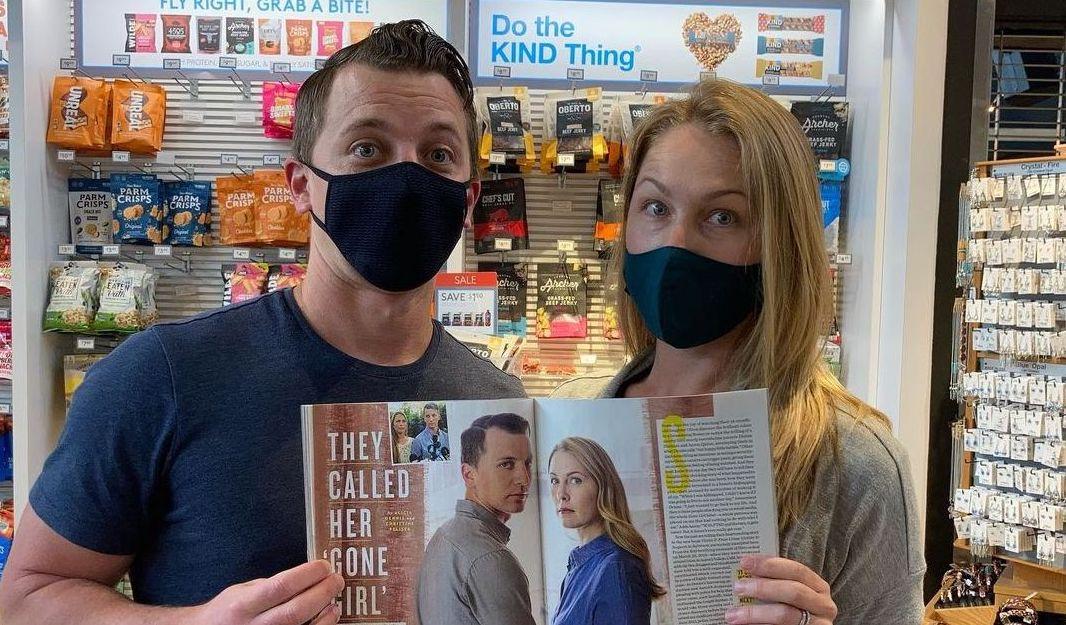This Kidnapping Case Resembled 'Gone Girl' Too Much for Police to Take Seriously
Published June 4 2021, 6:48 p.m. ET
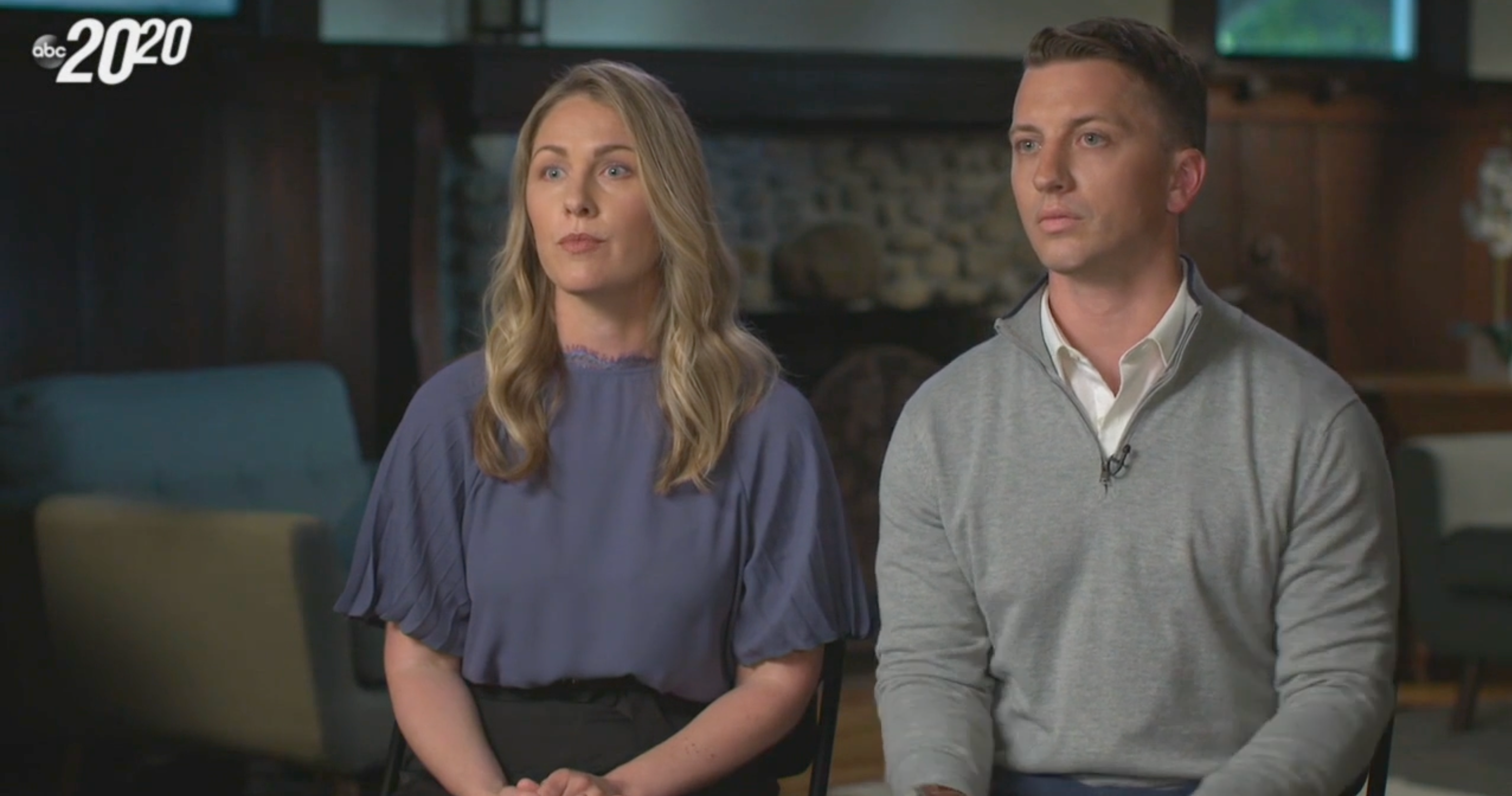
The story of Denise Huskins and Aaron Quinn might sound familiar. The girlfriend goes missing, the boyfriend eventually calls the police, and then he’s put under police scrutiny while he just wants to find his girlfriend.
While some might think that’s just the plot of Gillian Flynn’s Gone Girl, which was later turned into a movie starring Rosamund Pike and Ben Affleck, it’s also one real-life couple’s worst nightmare.
Denise Huskins and her then-boyfriend Aaron Quinn were living in Vallejo, Calif., trying to figure out if they could make their relationship work after Quinn’s trust issues with his ex-fiancée. Next thing they knew, they woke up to find to an intruder in Quinn’s home who ended up kidnapping Huskins. So who kidnapped Denise Huskins? ABC’s 20/20 puts this case under the microscope.
When Denise Huskins was kidnapped, police thought her kidnapping case was actually a ‘Gone Girl’-esque hoax.
On March 22, 2015, Huskins was sleeping over at Quinn’s house when the two were woken up at 3 a.m. Huskins recalled, “I remember being asleep and hearing a voice and thinking it was a dream… I could hear, ‘Wake up, this is a robbery. We’re not here to hurt you.’” The couple was instructed to tie each other up and were forced to wear duct-taped goggles and headphones playing a pre-recorded message.
Halfway through the robbery-turned-kidnapping, the culprits realized they had the wrong house. Their intended target was Quinn’s ex-fiancée, who bore a striking resemblance to Huskins. But instead of just leaving, they decided to kidnap Huskins for ransom.
The criminals drugged both Huskins and Quinn, and told Quinn that he’d be given specific instructions while they held Huskins for 48 hours. If he didn’t comply or called the cops, they’d kill her.
Because of the fear and the drugging, Quinn didn’t know what to do. He called his brother, an FBI agent, who instructed him to call the police anyway. His questioning with the police quickly morphed him from a victim asking for help to a suspect held in captivity. When the police took his clothes, they gave him prison garb to wear instead.
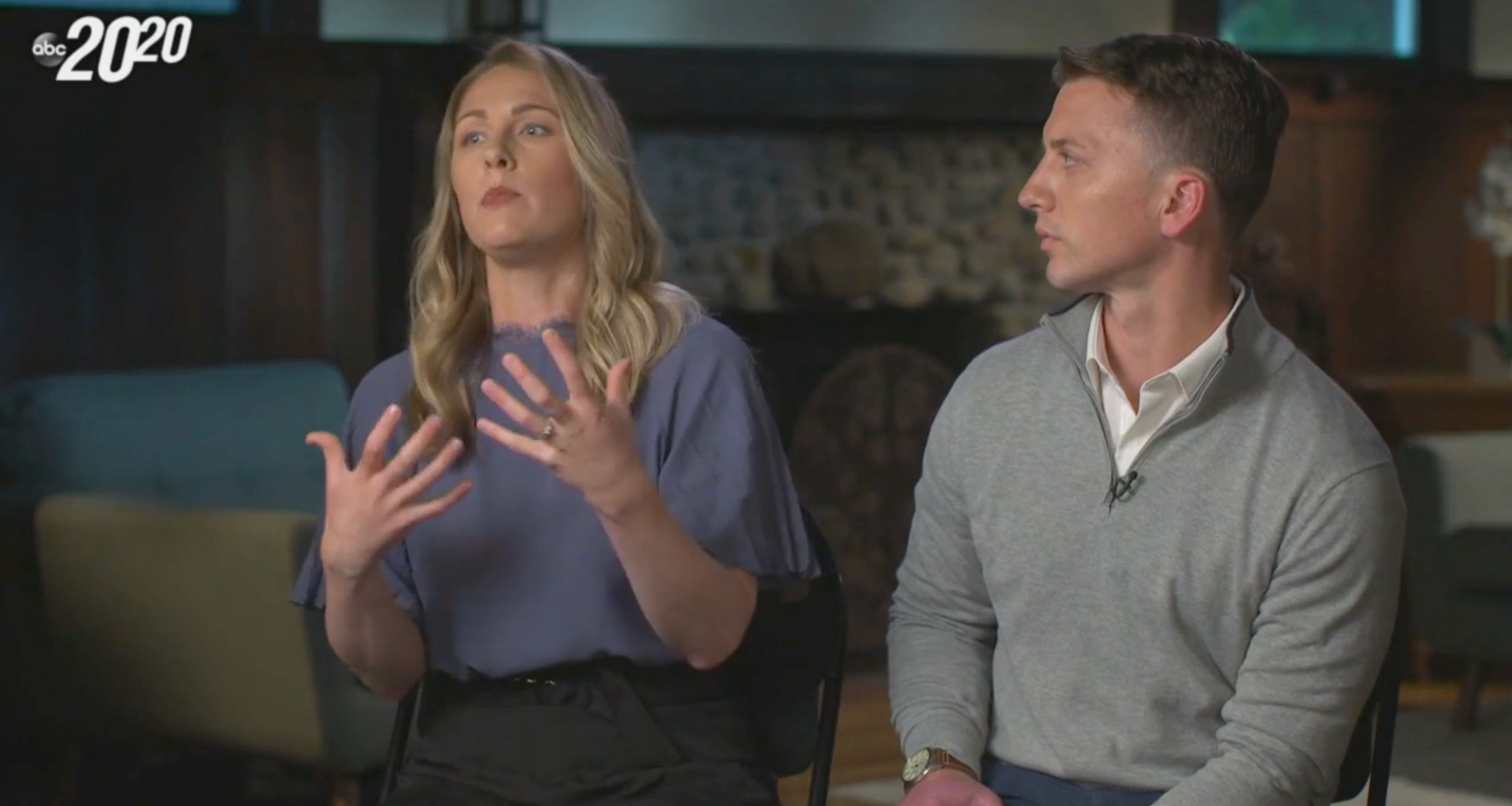
Because Gone Girl was a popular new release at the time, police and citizens alike couldn’t help but notice the resemblance between the movie and Huskins and Quinn's story. Everyone thought it was a planned-out hoax to distract the public from a woman on the run, instead of an actual couple in distress.
It felt too outlandish to be real, and because of that, Huskins and Quinn were blamed for taking up valuable police resources.
When more evidence came to light and lawyers got involved, the truth about who kidnapped Denise Huskins came to light.
It took some time and some more concrete physical evidence to convince the Vallejo police department that Huskins and Quinn were telling the truth. When Huskins was finally released by the kidnapper after 48 hours of trauma, instead of being reunited with her boyfriend, she was also forced to undergo police interrogation. She didn’t get to see Quinn for an entire week after the kidnapping occurred.
Initially, Huskins didn’t feel safe sharing two important details with the police: that she was raped and that her captor was involved in the military. She was worried that if her captor found out that she'd shared that information, he would do something even worse to her, since he was still on the loose. But her lawyers knew Huskins was telling the truth.
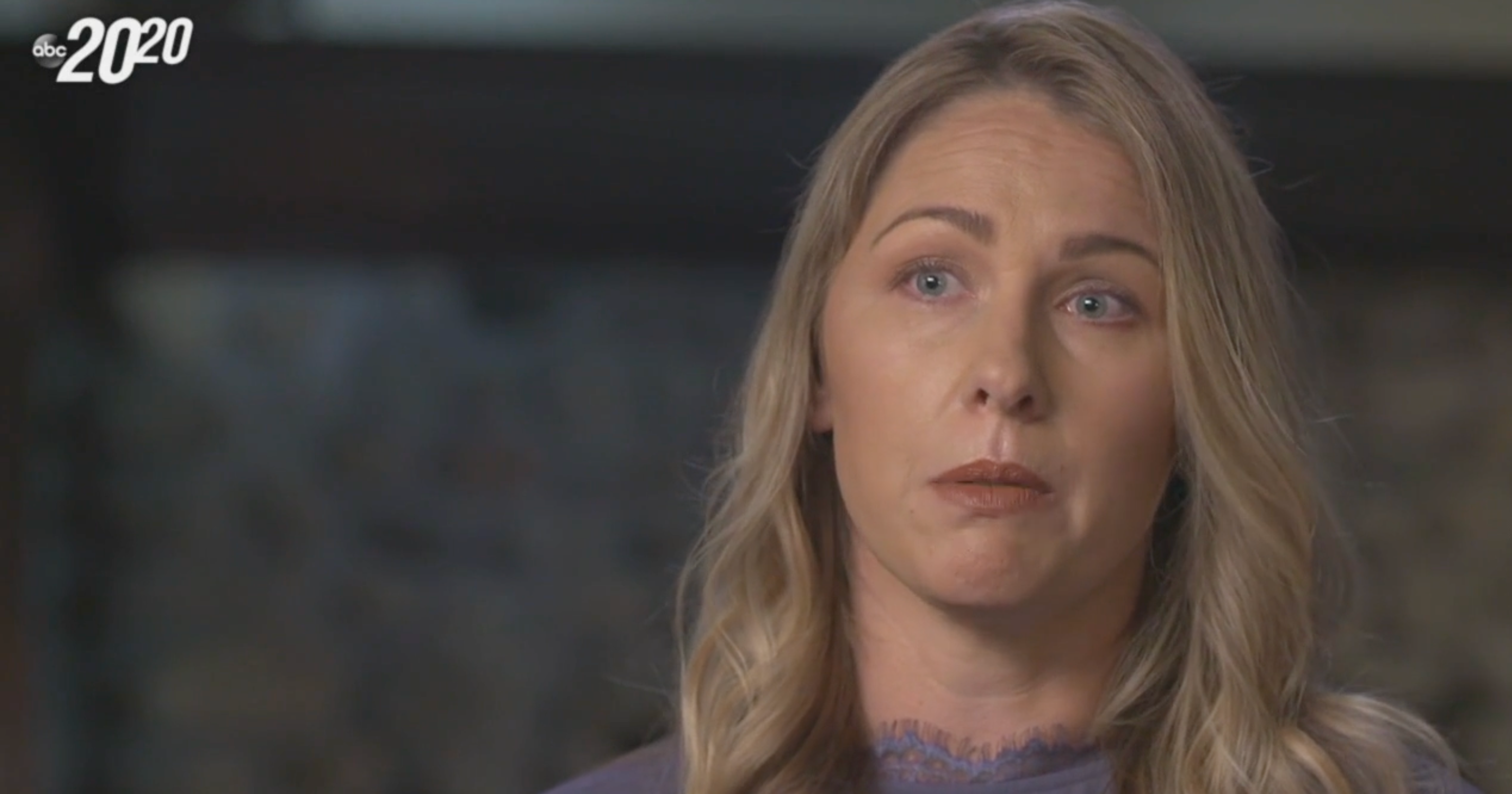
Then, just by happenstance, a similar robbery was reported. The captor left his phone behind when the intended targets put up a fight, and it was traced back to Matthew Muller. Muller was not like other criminals: he was a U.S. Marine who attended Harvard Law School. His mother pointed police to the cabin near Lake Tahoe where he was staying at the time.
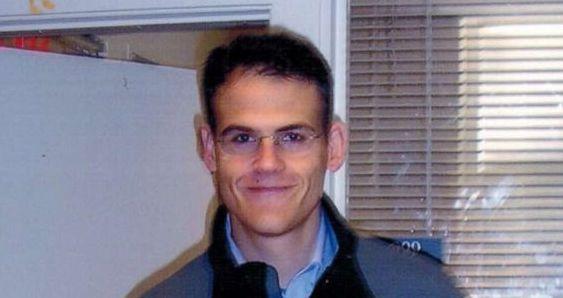
In his cabin, police found laptops, cellphones, stun guns, a lot of ski masks, replica squirt guns, and most tellingly, goggles with duct tape over the eyes. Not just that, but one of the sets of goggles had long blonde hair, like Huskins’, attached to it.
The detective on Muller’s case realized he must have attempted something similar before, and was able to connect it to the media-hyped Gone Girl kidnapping case.
Huskins and Quinn were able to see Muller go to jail, but they’re adamant that more people were involved, and that they’re still free and dangerous. And until this episode of 20/20, Huskins and Quinn had not received a public apology from the Vallejo police department for the insensitive way they handled the case, although the couple did get their happily ever after.
Huskins and Quinn are now married with one daughter, moving past their shared trauma.
Tune into 20/20 on ABC on June 4 at 9 p.m. EST to dive deeper into the so-called Gone Girl kidnapping case.
